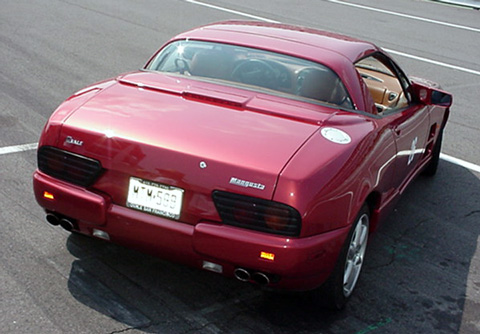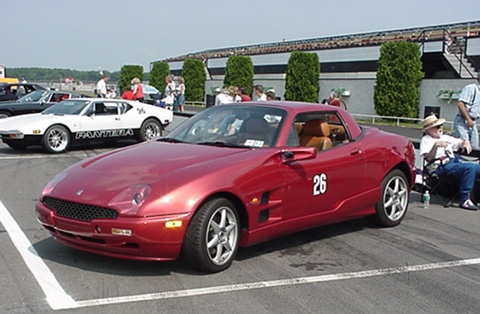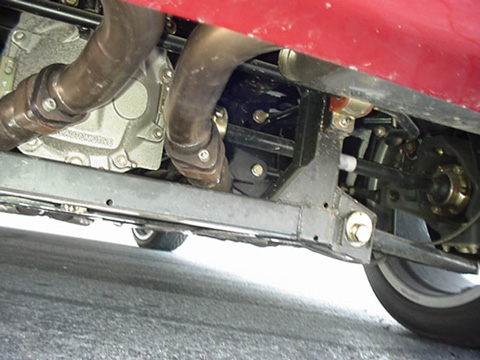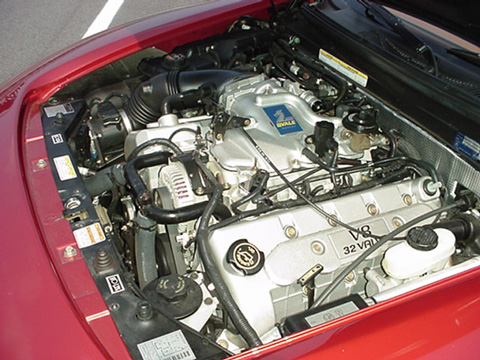
“And here’s another fine mess you’ve gotten me into…”
A tale of intrigue from the 1990s
By Wallace Alfred Wyss
Back in the 1960s, when mid-engined was becoming all the rage, Giorgetto Giugiaro, then a designer at Ghia, penned such a car for Iso Rivolta.
Not that Iso, a car builder making sports cars with Chevrolet and Ford V8s, wanted the car. The owner of Iso, Renzo Rivolta, liked front-engined cars. He had no intention of making a mid-engined car.
But his two top engineers, Dallara and Bizzarrini, did like mid-engined cars and hoped they would talk Renzo into it once he was knocked over by its beauty. It used styling elements from the Iso Fidia, a four seat, front-engined car that Giugiaro had already designed. But Rivolta said “no” in a way they could understand and Alejandro de Tomaso, at the time owner of Ghia Carrozzeria, picked up the design himself to use as a Ghia show car. He put it on a backbone chassis he had designed for a race car he was building with Carroll Shelby until Der Snakemeister dropped out of the project.

The car, if it was really styled by Gandini, will not be remembered as much as his Countach and other Lamborghinis.
The result was the mid-engined Mangusta, which soon went into production. While the 302-cu. in. Ford powered version that came to the US was anemic compared to the car’s potent looks, the car is still revered for its purity of design. Few production cars look so much like the prototype.
Flash forwards a few decades to 1996. De Tomaso rolls out the Bigua prototype, a front-engined car using more than a little Ford Mustang input including the engine and transmission. The chassis was a box section steel chassis and the suspension independent all the way around.

Independent rear suspension and a steel box section chassis made the Qvale handle.
The designer credited is Marcello Gandini, famous in Italy for doing the Miura (although Giugiaro hints he designed that at Bertone) the Countach, and many other Lamborghinis.
It is a blunt car, somewhat reminiscent in general shape of the Trumph TR7/TR8 and its only claim to uniqueness is a unique top that rolls up out of a well, similar to the top in a roll top desk.

The best thing about the DeTomaso/Qvale Mangusta is that you can obtain engine parts at any auto parts store in America–a similar advantage by those who own Jenson Interceptors, Isos, and Monteverdis.
The engine was a 4.6 liter Ford V8 a quad cam version also used in the Mustang Cobra. It was a lot more powerful, at 320 hp than the 230-hp the 302 used in the original mid-engined US spec Mangusta. (Another source lists the Ford 4-cam as having only 305 hp.) The Mustang engine had 314 ft-lbs. of torque. Transmission choices were a Borg Warner 5-speed manual or a computer controlled 4-speed automatic. Gas mileage was 17 mpg in the city and as high as 28 mpg on the highway.